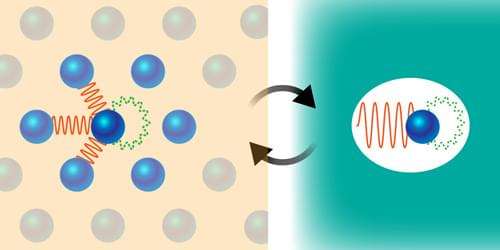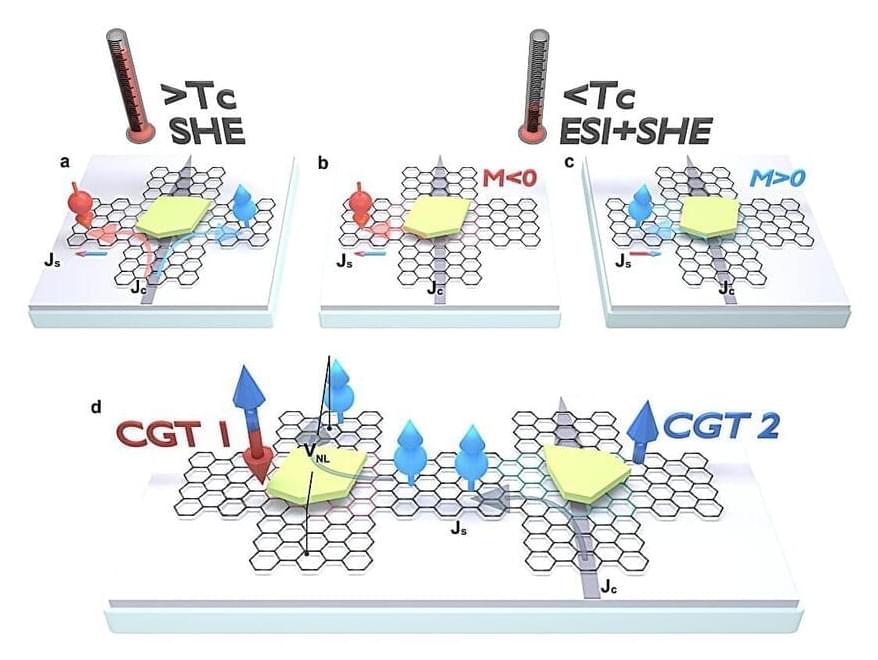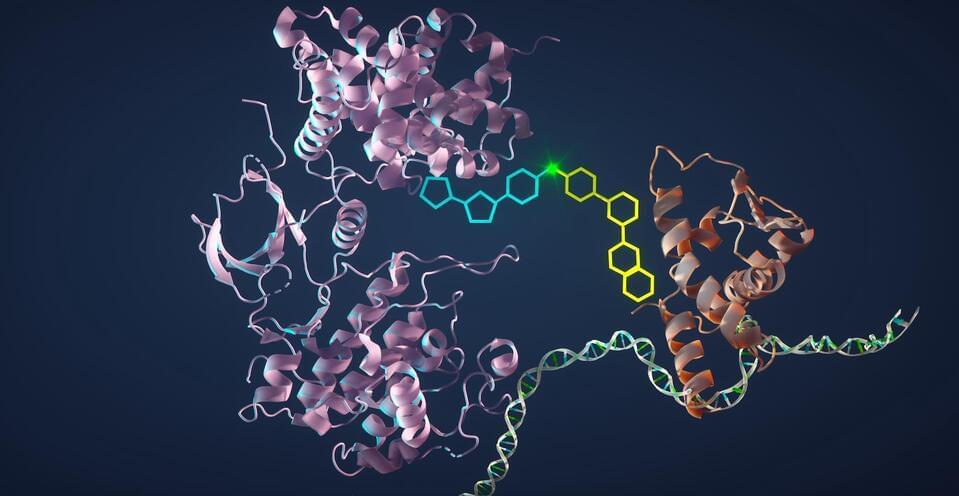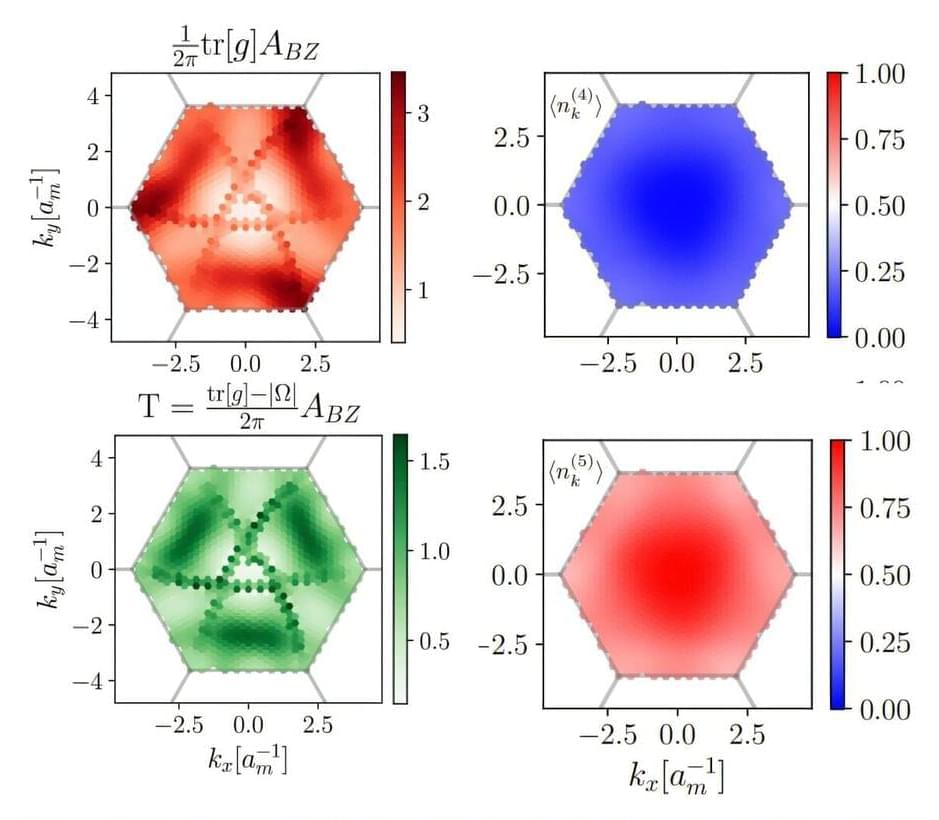Sending an object to another star is still the stuff of science fiction. But some concrete missions could get us at least part way there. These “interstellar precursor missions” include a trip to the solar gravitational lens point at 550 AU from the sun—farther than any artificial object has ever been, including Voyager.
To get there, we’ll need plenty of new technologies, and a recent paper presented at the 75th International Astronautical Congress in Milan this month looks at one of those potential technologies—electric propulsion systems, otherwise known as ion drives.
The paper aimed to assess when any existing ion drive technology could port a large payload on one of several trajectories, including a trip around Jupiter, one visiting Pluto, and even one reaching that fabled solar gravitational lens. To do so, they specified an “ideal” ion drive with characteristics that enabled optimal values for some of the system’s physical characteristics.









